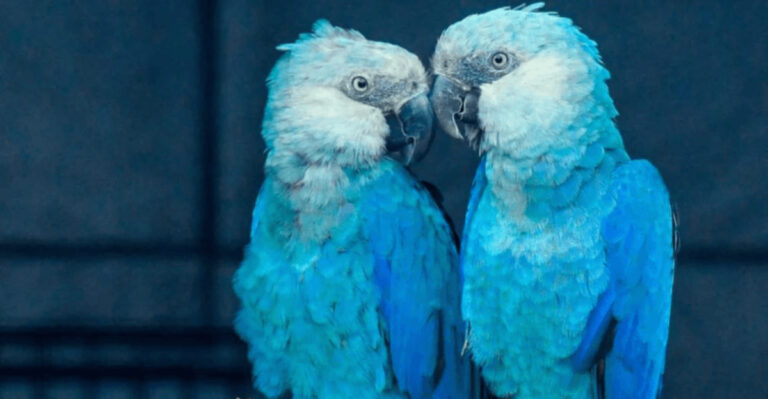15 Reasons Some Cats Worry More Than Others
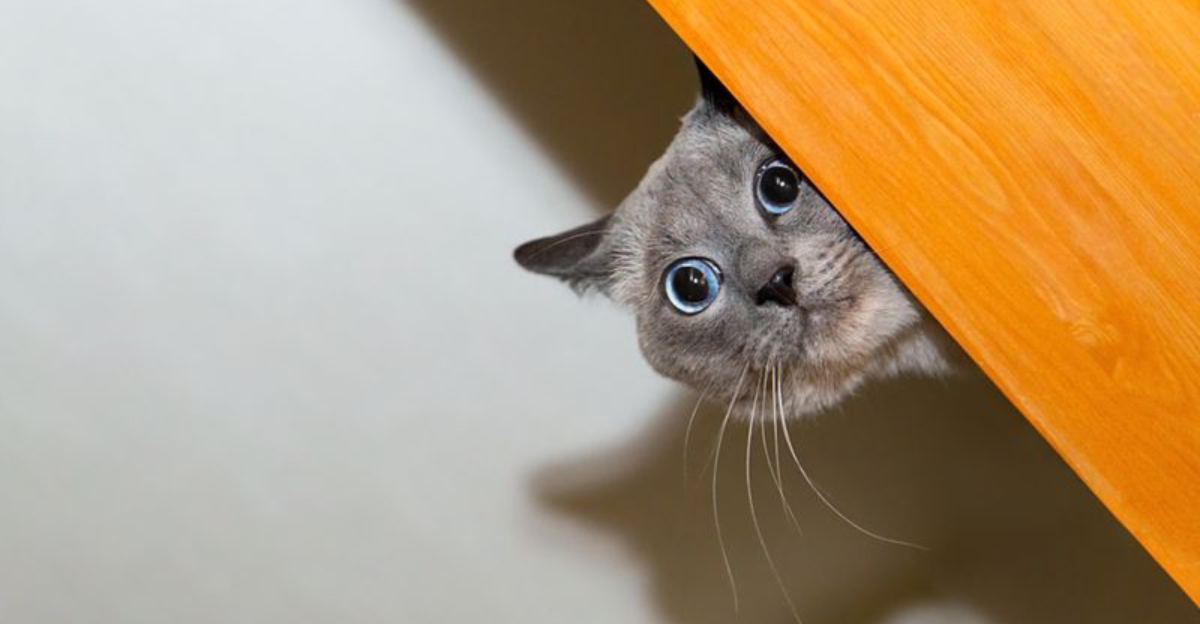
Ever noticed how some feline friends seem to jump at the slightest noise while others remain cool as cucumbers?
Just like people, cats have unique personalities and anxiety levels that shape how they react to the world. Understanding why certain cats worry more can help owners create a more peaceful environment for their nervous companions.
1. Genetics Play A Major Role
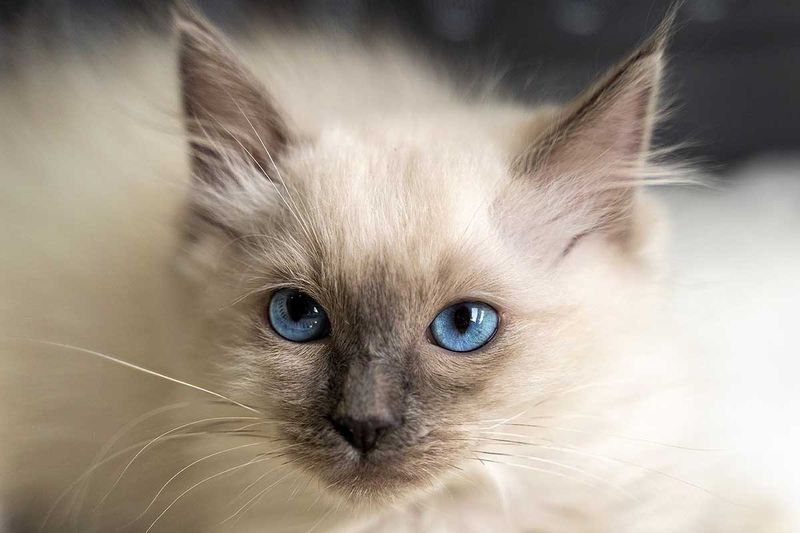
Born with a nervous disposition? Many cats inherit anxiety tendencies directly from their parents. Kittens from anxious mother cats often show similar behaviors, even without witnessing them firsthand.
Research suggests certain breeds like Siamese and Abyssinians naturally tend toward higher-strung personalities compared to laid-back breeds like Ragdolls. These inherited traits affect how cats process stress and respond to potential threats.
Just as some people are naturally more worried than others, cats come with their own genetic programming that influences their baseline anxiety levels.
2. Early Life Experiences Shape Anxiety
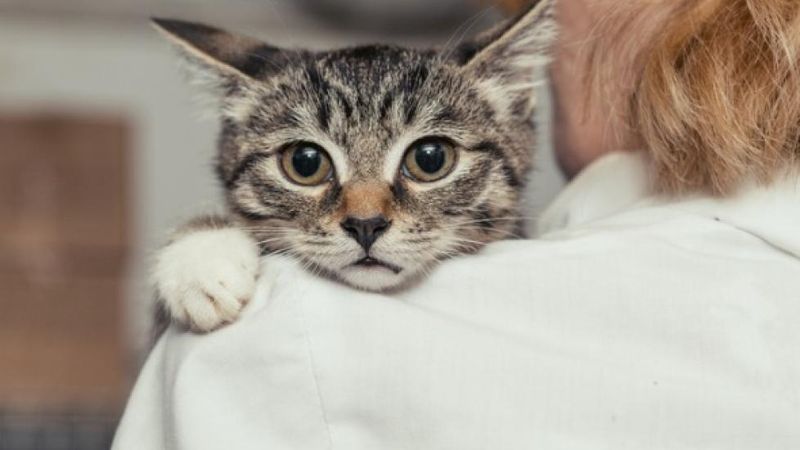
Remember that shy kid who never quite outgrew their timidity? Cats experience something similar. Those separated from their mothers too early or who missed crucial socialization between 2-7 weeks often develop long-lasting anxiety issues.
Kittens exposed to diverse people, sounds, and experiences during this critical window typically grow into more confident cats. Without these positive early interactions, ordinary situations can seem terrifying.
A rescued stray who spent formative weeks hiding from predators might always view the world as threatening, despite years in a loving home.
3. Past Trauma Leaves Lasting Marks
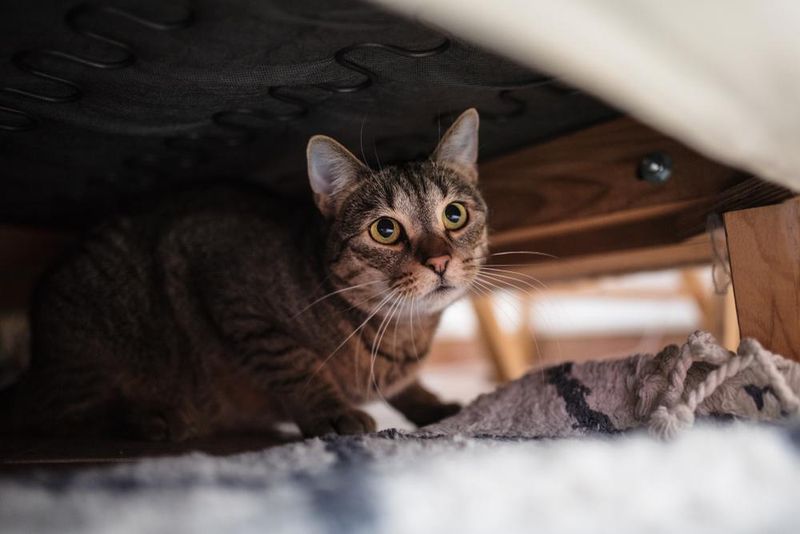
Forgotten to us but crystal clear to them—cats never truly forget traumatic events. A single frightening experience can create lifelong fear responses that seem mysterious to owners unaware of their pet’s history.
The cat who panics during thunderstorms might have endured a terrifying outdoor storm before rescue. Your feline who hides when guests visit may have experienced rough handling from strangers in the past.
These emotional scars create specific triggers that activate their worry response, even in an otherwise calm personality.
4. Environmental Changes Trigger Worry
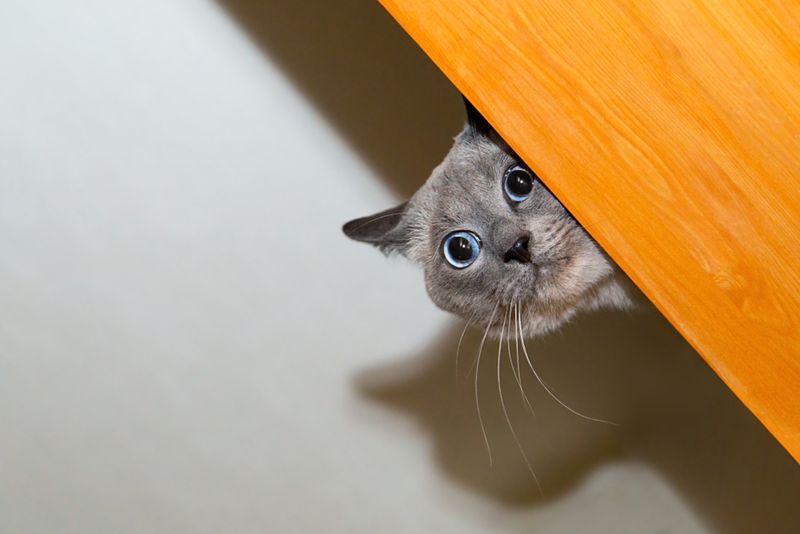
Moving furniture might seem insignificant to you, but for territorial creatures like cats, it’s world-altering. Felines thrive on predictability and establish mental maps of their territory that provide security.
When their environment suddenly changes—whether from moving homes, rearranging furniture, or even switching their litter brand—their sense of control disappears. This uncertainty creates anxiety until they’ve adjusted to the new normal.
Some cats adapt quickly to changes while others need weeks to feel secure again in altered surroundings.
5. Limited Territory Access Causes Stress
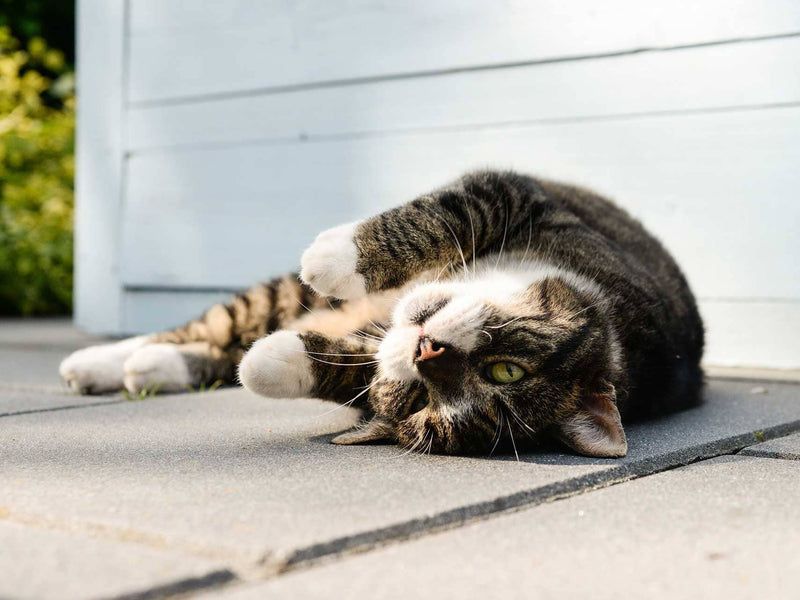
Imagine being confined to a single room forever—eventually, you’d feel pretty anxious too! Cats evolved as explorers and hunters with natural urges to patrol and investigate their surroundings.
Those with restricted access to vertical spaces, hiding spots, or varied environments often develop chronic anxiety. Without proper environmental enrichment, their natural behaviors become frustrated.
A cat without climbing options, window views, or safe exploration zones experiences the feline equivalent of cabin fever, leading to heightened worry and stress behaviors.
6. Lack of Predictable Routine
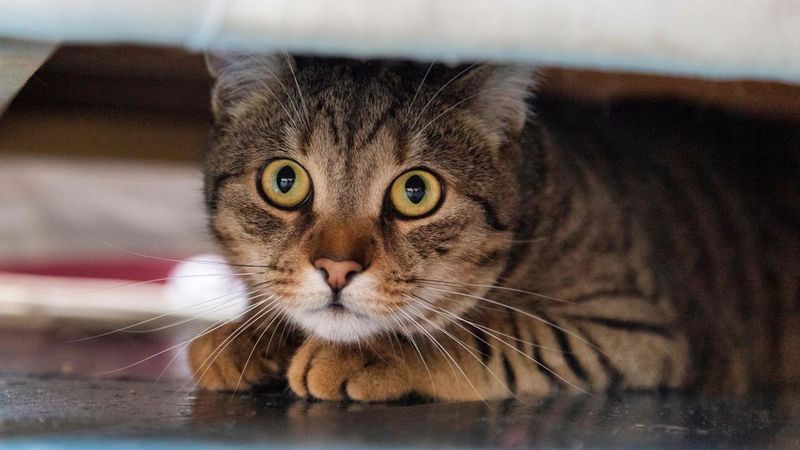
Surprise parties might delight humans, but cats? They’d rather pass. Felines thrive on knowing exactly when meals, playtime, and quiet periods occur each day.
Cats with unpredictable feeding schedules or constantly changing household routines often become chronically anxious. Their bodies remain on high alert, never quite knowing when to relax or what to expect next.
Establishing consistent daily patterns allows naturally worried cats to feel secure. They can finally let their guard down when they trust that certain events happen at reliable times.
7. Undiagnosed Medical Issues
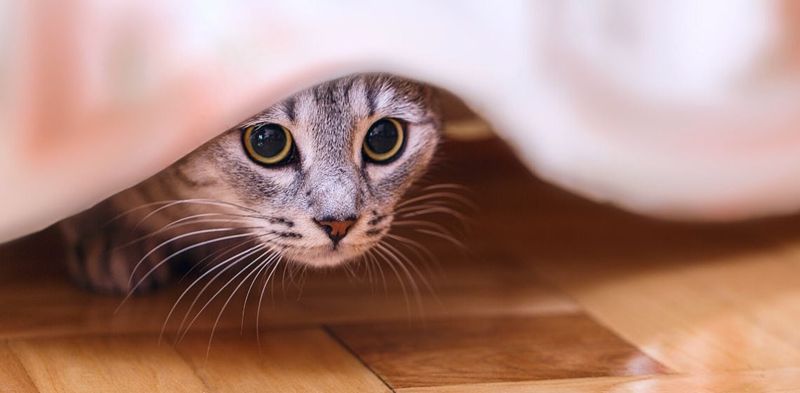
Behind many cases of sudden feline anxiety lurks an undetected health problem. Pain, discomfort, or illness dramatically increases worry behaviors in even the most laid-back cats.
Conditions like hyperthyroidism, urinary tract infections, and arthritis commonly manifest first as behavioral changes before obvious physical symptoms appear. The cat isn’t being “difficult”—they’re trying to communicate something’s wrong.
Cats instinctively hide weakness, so anxiety might be their only outward sign of serious medical issues requiring attention.
8. Multi-Cat Household Dynamics
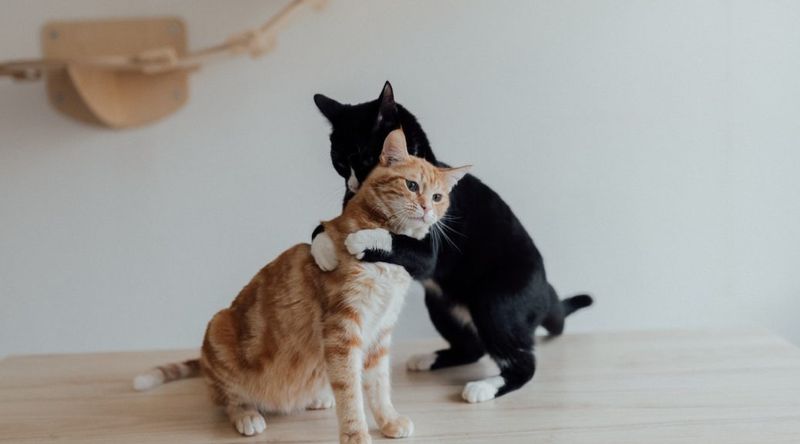
Forced roommates don’t always get along! Living with other cats creates complex social hierarchies that can be mentally exhausting for more sensitive felines.
Lower-ranking cats often develop chronic anxiety from constantly navigating around dominant housemates. They worry about accessing resources like food bowls, litter boxes, and prime lounging spots without confrontation.
Even in seemingly peaceful multi-cat homes, subtle tensions exist that humans miss completely. The quiet cat who seems fine might actually be living in a constant state of stress from feline politics.
9. Owner’s Emotional State Transfers
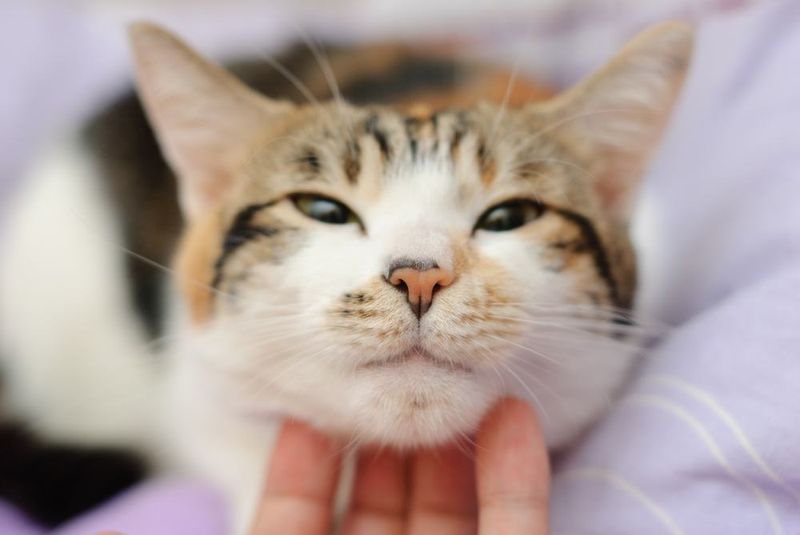
Feeling stressed lately? Your cat probably is too. Felines possess remarkable sensitivity to human emotions and often absorb their owner’s anxiety like emotional sponges.
Households with frequent arguments, high tension, or an anxious primary caretaker typically produce more worried cats. Your furry friend picks up on subtle changes in your voice, body language, and even scent when you’re stressed.
Some cats are particularly attuned to their humans’ emotional states, becoming distressed when their favorite person feels upset or anxious.
10. Sensory Sensitivity Differences
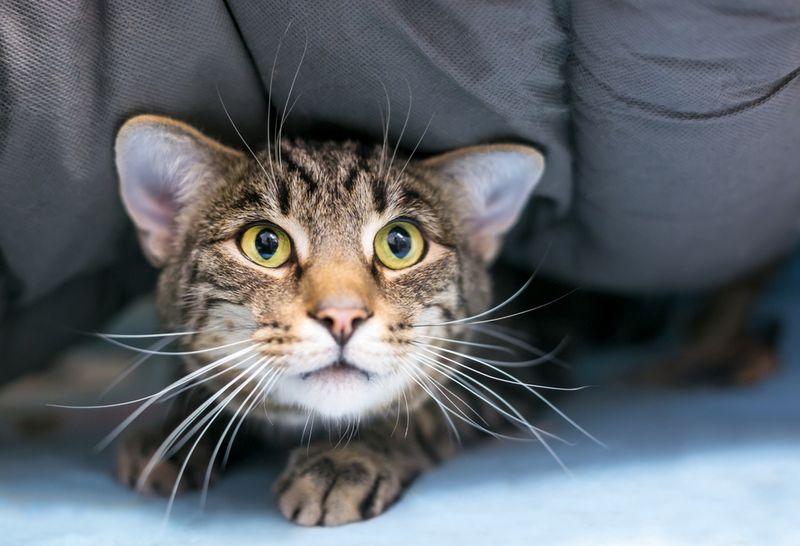
Supersonic hearing makes ordinary sounds overwhelming for some cats. Those with heightened sensory sensitivity experience the world more intensely than their laid-back counterparts.
The vacuum cleaner that one cat ignores might sound like a roaring monster to another with more sensitive ears. Similarly, certain cats possess more acute senses of smell, making strong odors genuinely distressing rather than merely unpleasant.
These biological differences in sensory processing explain why some cats remain calm during fireworks while others hide trembling under the bed.
11. Insufficient Mental Stimulation
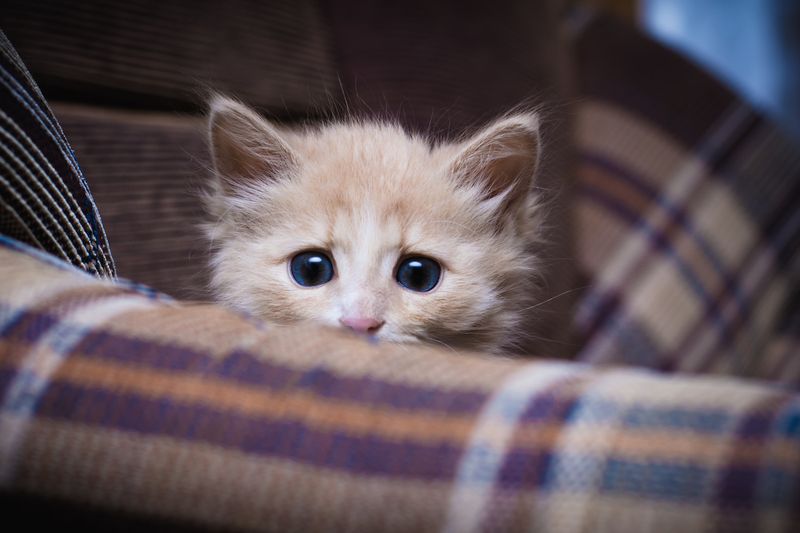
Boredom creates anxious minds—in humans and cats alike. Felines are natural problem-solvers and hunters who need regular mental challenges to remain psychologically balanced.
Without adequate playtime, puzzle feeders, or environmental enrichment, cats often channel their unused mental energy into worry and stress. Their clever brains need regular exercise just like their bodies do.
The difference between a relaxed cat and an anxious one sometimes comes down to having enough constructive outlets for their natural intelligence and predatory instincts.
12. Age-Related Anxiety Increases
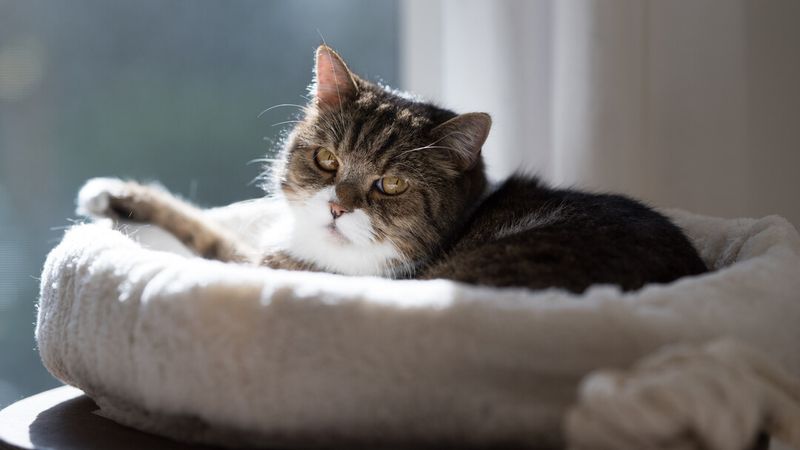
Growing older brings new worries, even for our feline friends. Senior cats often experience increasing anxiety as their senses dim and cognitive functions change.
Conditions like feline cognitive dysfunction (similar to dementia in humans) can make familiar surroundings suddenly seem strange and frightening. Physical limitations from arthritis or weakening muscles create new vulnerabilities that make formerly confident cats more cautious and worried.
Many older cats develop separation anxiety or nighttime vocalization as they become more dependent on their human companions for security.
13. Lack Of Safe Retreat Spaces
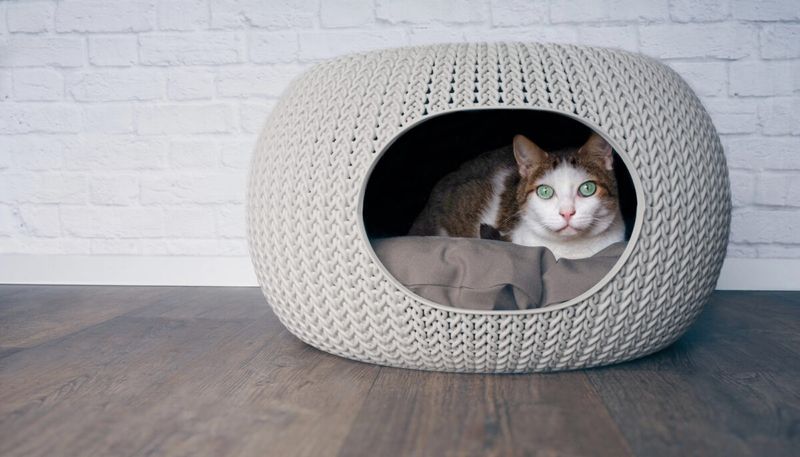
Everyone needs a private sanctuary—cats perhaps more than most. Without designated hiding spots where they can escape overwhelming situations, many cats exist in a constant state of vulnerability and worry.
High perches, covered beds, and quiet retreats away from household traffic allow anxious cats to decompress and observe their surroundings from safety. These escape routes are essential for their emotional regulation.
Cats forced to remain visible when feeling threatened experience significantly higher stress levels than those who can temporarily disappear until they feel secure again.
14. Inconsistent Human Interaction
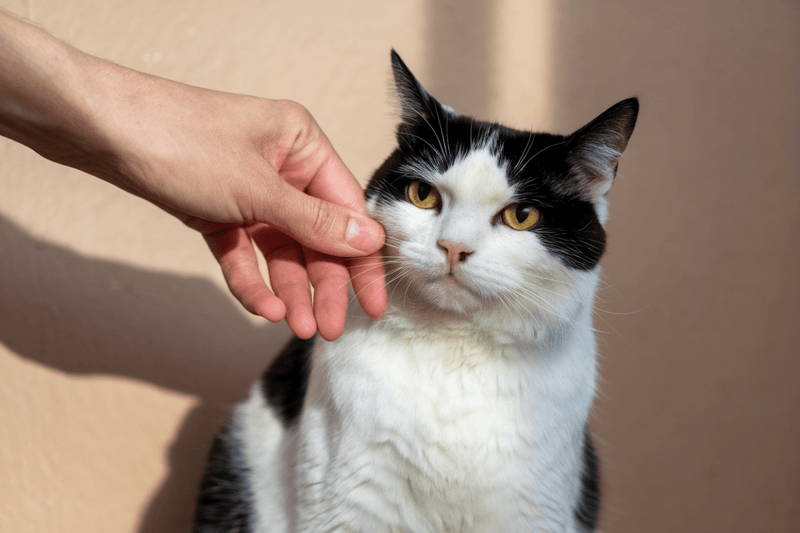
Mixed signals create confused cats. Felines who receive unpredictable human attention—sometimes smothered with affection, other times ignored—often develop anxiety from this inconsistency.
Cats thrive on understanding the rules of social engagement. When interactions vary wildly day to day, they can’t establish secure patterns of what to expect from their human companions.
Even well-meaning owners who don’t respect their cat’s body language cues about when they want interaction versus space can inadvertently create worry in their pets.
15. Nutritional Influences On Mood

Food affects mood—something true for cats as it is for humans. Certain nutritional deficiencies or imbalances can directly impact feline brain chemistry and anxiety levels.
Diets lacking essential fatty acids, particularly omega-3s, may contribute to increased anxiety in sensitive cats. Similarly, food allergies or intolerances can create physical discomfort that manifests as behavioral anxiety.
Some cats even experience mood changes from certain artificial preservatives or food colorings, becoming noticeably more relaxed when switched to more natural diets tailored to their specific needs.


